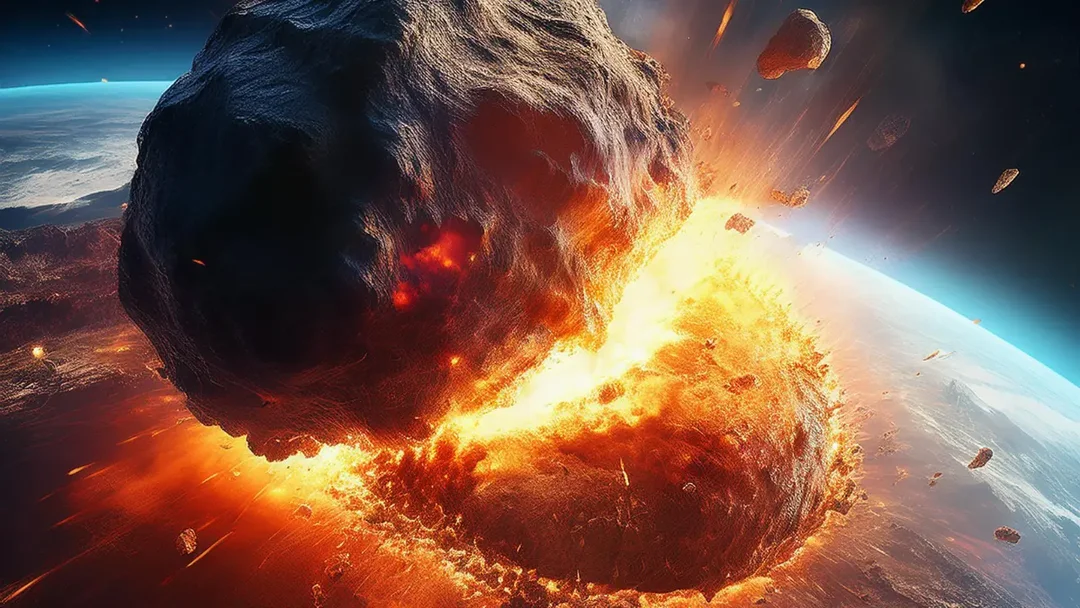
Eiffel Tower-Sized Asteroid to Pass Earth: NASA Monitoring Closely
Get ready for a cosmic close call! A massive asteroid, dubbed Asteroid 2003 MH4 is expected to pass by Earth on May 24th. Measuring approximately 335 meters wide – about the size of the Eiffel Tower – this space rock has captured the attention of NASA and astronomers worldwide. While there's no immediate threat of impact, the asteroid's size and speed warrant close monitoring.
According to reports from The Times of India and other sources, Asteroid 2003 MH4 is hurtling through space at a staggering 14 kilometers per second (approximately 50,400 km/h). To put that into perspective, at that velocity, the asteroid could travel from Delhi to Mumbai in under a minute!

Why the Concern?
Asteroid 2003 MH4 belongs to the Apollo family of asteroids, known for their Earth-crossing orbits. While it will pass Earth at a distance of 6.68 million kilometers (about 17 times the distance between the Earth and the Moon), in cosmic terms, that's considered a relatively close encounter. The asteroid qualifies as a Potentially Hazardous Asteroid (PHA) due to its size (over 150 meters) and proximity (within 7.5 million kilometers of Earth).
Furthermore, the orbits of these asteroids aren't always set in stone. Gravitational forces from planets, like Jupiter, or even the subtle pressure of sunlight (known as the Yarkovsky effect) can alter their trajectories over time.
One report highlighted the potential consequences of a direct impact: "If one of these rocks ever hit Earth, the destruction would be enormous... The energy released would compare to thousands of nuclear bombs." While this scenario is unlikely in the near future, it underscores the importance of vigilance.

NASA's Planetary Defense
Rest assured, NASA's Center for Near-Earth Object Studies (CNEOS) is diligently monitoring Asteroid 2003 MH4, along with thousands of other near-Earth objects. Using ground-based telescopes and space observatories, scientists are tracking their trajectories and assessing any potential risks. This constant vigilance is part of a global effort to protect our planet from potential impacts.
The recent flyby of another, smaller asteroid, 2025 KF, which passed by even closer to Earth, further emphasizes the dynamic nature of our solar system.
While Asteroid 2003 MH4 poses no immediate threat, it serves as a powerful reminder of the importance of planetary defense. The continuous monitoring and study of these celestial objects are crucial for ensuring the long-term safety of our planet.
What are your thoughts on planetary defense? Do you think enough is being done to protect Earth from asteroid impacts? Share your opinions in the comments below!